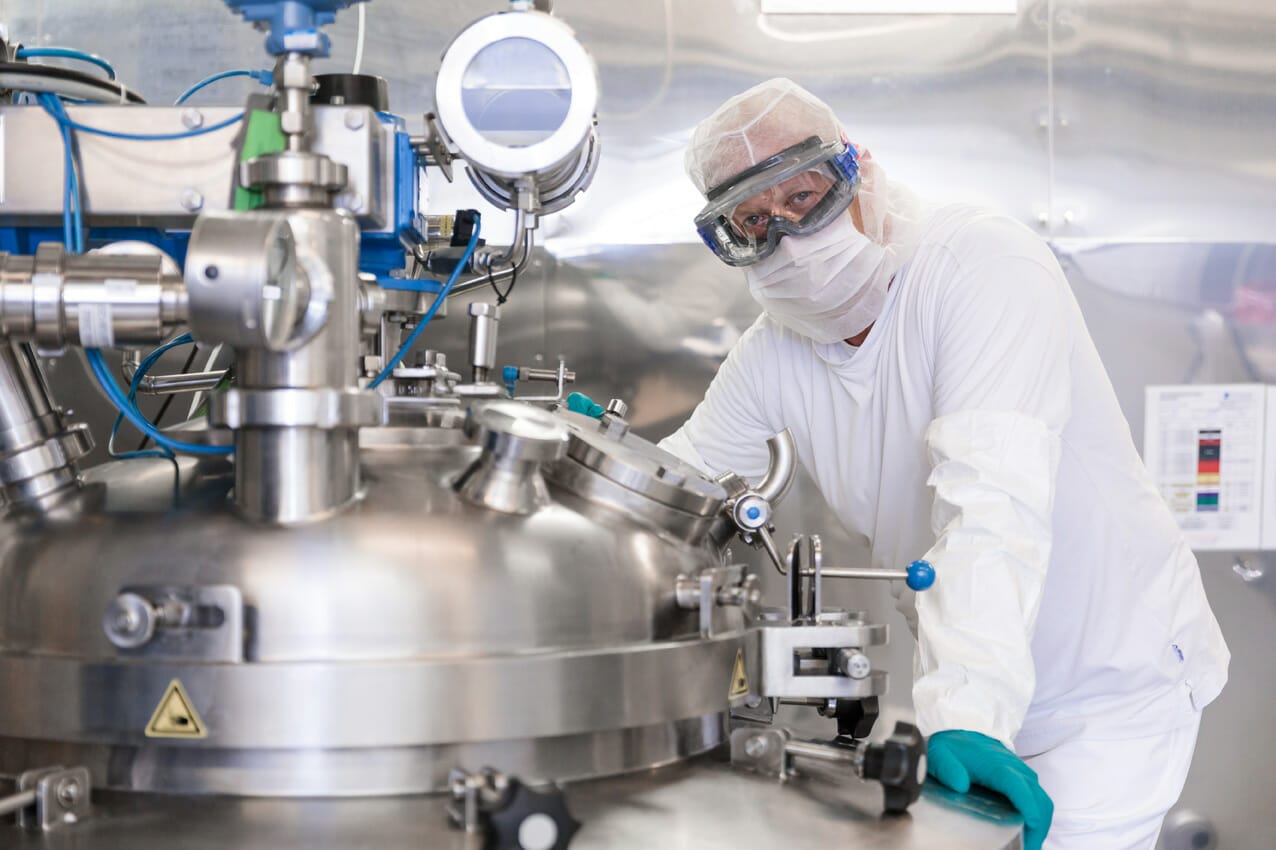FAQ - Hazardous Chemistry
FAQs

Do you want to learn more about hazardous chemistry?
Axplora is a world leader in handling of hazardous compounds and has over 40 years of experience in commercial manufacturing of APIs & cGMP intermediates, as well as agrochemicals and specialty intermediates.
In this FAQ, our experts share their knowledge and answer all your questions about:
- General information about hazardous chemistry
- Information about safety, quality, process development, manufacturing, equipment and more!
If you need more informations, download this FAQ!
-
Hazardous Chemistry is usually defined as a process involving the use of highly energetic reactions and/or hazardous chemicals. Its use is well established for the commercial synthesis of APIs and intermediates and is offered by specialist CDMOs (Contract Development and Manufacturing Organizations).
-
Hazardous Chemistry is a key technology in the API process development toolbox, with potential to improve process cycle time, purity and yield, reducing both operational costs and environmental impact.
The use of Hazardous Chemistry can contribute to streamline API synthetic routes. The amount of impurities and by-product generated may also be limited, leading to cost-effective syntheses affording the targeted compound in high yields.
Hazardous Chemistry can also lead to design new chemical structures with interesting bio-active properties, offering the means to improve overall product quality (e.g. Tetrazoles).
-
No, Hazardous Chemistry is run in similar equipment to classical chemistry and in the case of Axplora sometimes the same. Manufacturing equipment at Axplora Leverkusen is especially designed for running azide chemistry in order that such reactions can be scaled up to 3m³, 6m³ or 12m³ batch size as required. Nevertheless, the safety investigations before transferring and scaling-up Hazardous Chemistry need to be more elaborate than for simple chemistry. But as these tests are performed in-house and within the Process Development department, they are not a great cost contributor.